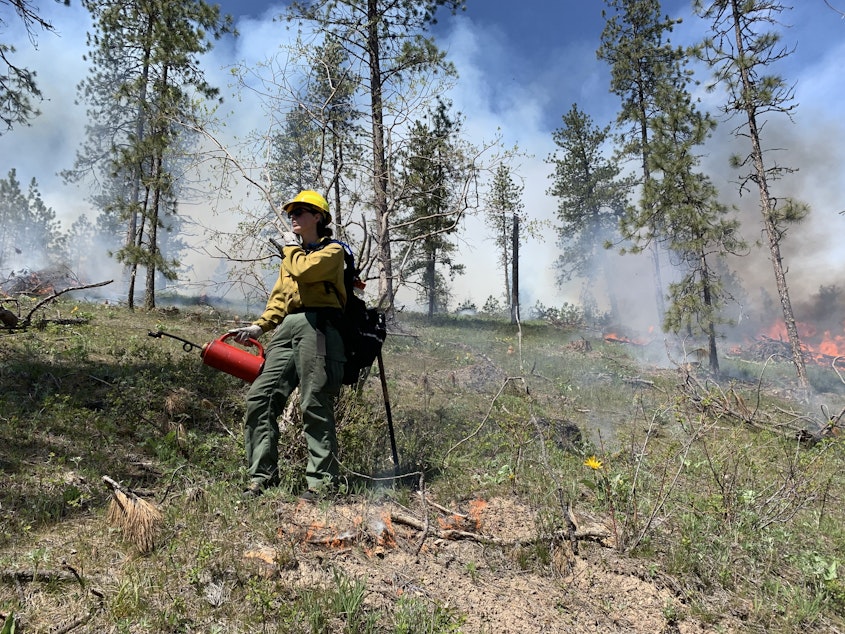'A new dawn' for carefully planned burns in Washington state

As crews continue to fight the Bolt Creek Fire in Snohomish County, and others burning around Washington, the state's land management agency is speaking out about the need for prescribed burns.
"Right now, we're in, really, a new dawn for the nation of recognizing that there's a tradeoff of smoke will happen one way or another, and it's really up to us to decide when we'd like to see that and how we'd like to see that," said Kate Williams, a burn planner with Washington's Department of Natural Resources.
Williams says carefully planned burns remove fuels that could lead to catastrophic wildfires. She also says plants and animals benefit from lower-intensity fires, which return nutrients to the soil and open up vegetation.
Resource department crews conducted prescribed burns this past spring, for the first time in 18 years.
But the practice has risks. Earlier this year, two planned burns in New Mexico got out of control, leading to the largest wildfire in the state's history.

